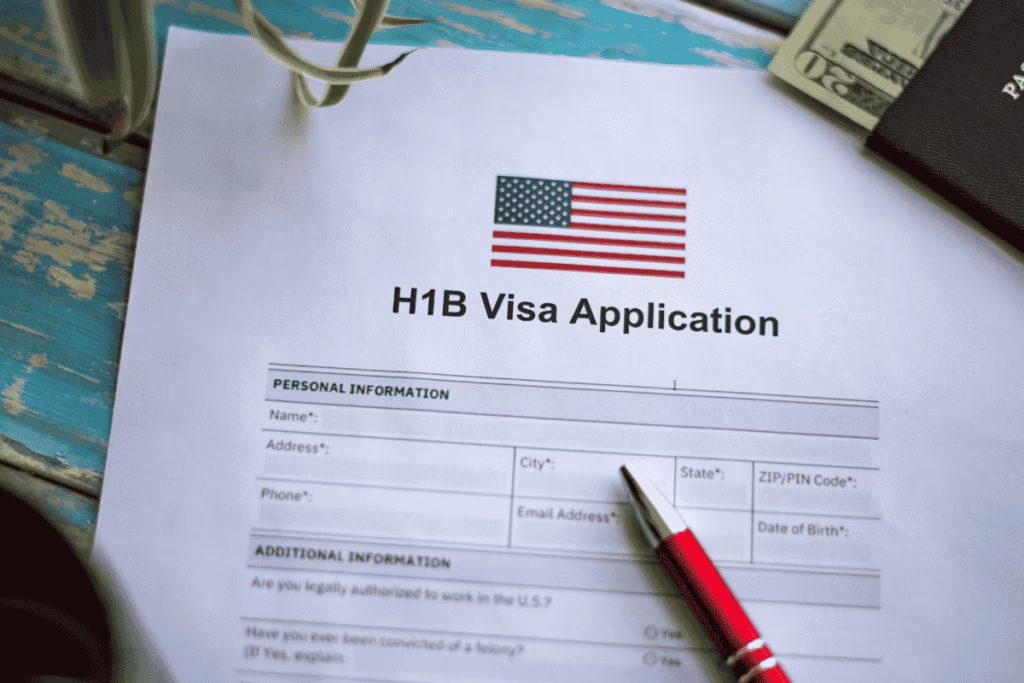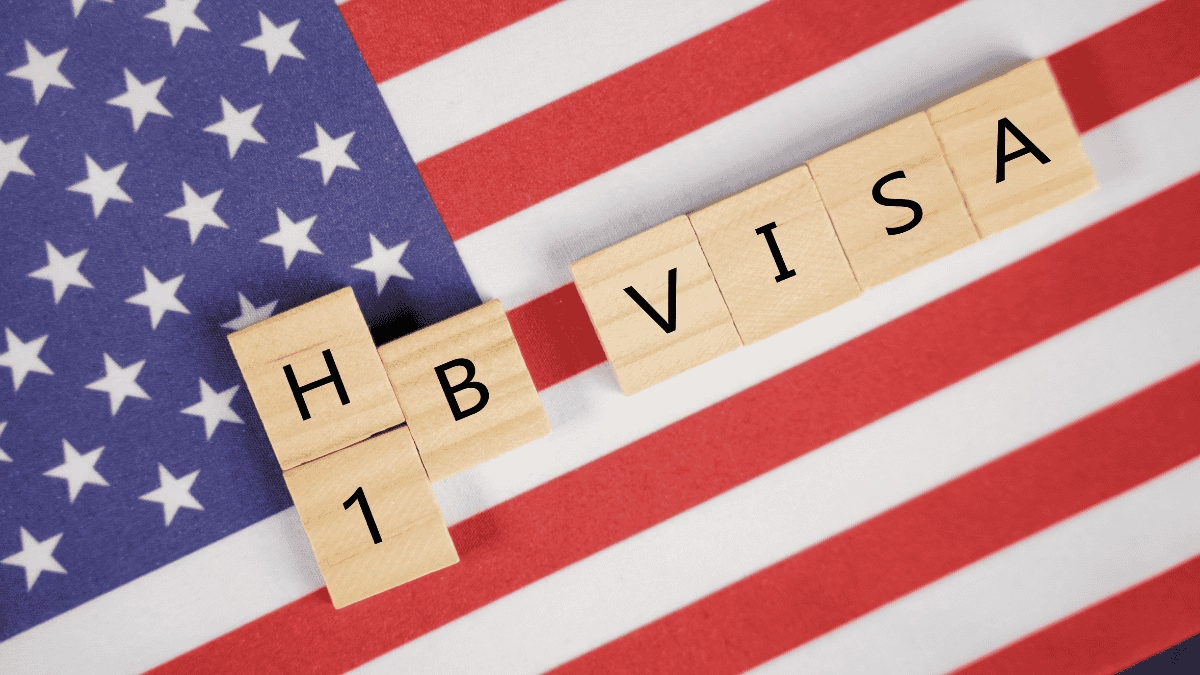The H1B visa is an evolving cornerstone of U.S. immigration, designed to help American employers hire highly skilled foreign professionals for specialty occupations, where local talent is unavailable or insufficient. Especially in technology, healthcare, engineering, and scientific research, H1B visas are vital for sustaining American innovation and competitiveness. Here’s a comprehensive, easy-to-understand guide covering the latest updates on H1B visas in 2025, their importance, and the step-by-step process—optimized for anyone seeking clarity.
Latest H1B Visa Updates under Trump Administration
- The Trump administration continues to shape H1B policy in 2025, implementing a major shift from the traditional random lottery system to a new, wage-based selection process. Now, candidates offered higher salaries from U.S. employers are prioritized for H1B visa approval.
- The new wage-priority system is designed to discourage the hiring of lower-wage foreign workers for entry-level positions, ensuring that H1B visas go to jobs requiring top technical expertise and higher pay. This move safeguards American jobs at the entry level while still welcoming highly skilled talent.
- The “Buy American, Hire American” initiative underscores these changes, directing employers to hire highly skilled foreign nationals who command competitive salaries—though this can make the visa harder to secure for recent graduates and younger professionals.
- A quote from USCIS Director Joseph Edlow highlights the intent behind these reforms:”I really do think that the way H-1B needs to be used, and this is one of my favorite phrases, is to, along with a lot of other parts of immigration, supplement, not supplant, U.S. economy and U.S. businesses and U.S. workers.”
- Critics in tech and healthcare fear that a wage-based system may narrow the pool of qualified talent, especially for smaller companies, but it also enhances overall compensation and the quality of skilled immigrants.

Why H1B Visas Matter
- Filling Critical Skill Gaps: H1B visas empower American companies to recruit exceptional talent where domestic expertise is limited, especially in engineering, cybersecurity, biotechnology, and software development.
- Economic Impact: Every H1B hire generates more jobs in the U.S. economy, with studies showing about 7.5 additional positions created for every visa awarded—supporting both direct employment and ancillary growth.
- Driving Innovation: H1B professionals play pivotal roles in R&D, technological breakthroughs, and the launch of new products that keep America globally competitive.
- Cultural Exchange and Diversity: By welcoming skilled professionals from around the world, the U.S. fosters an environment rich in diversity, new perspectives, and creative problem-solving.
- Pathway to Residency: For many, the H1B visa begins a longer journey toward a green card, giving them and their families a chance to contribute permanently to American society.
H1B Visa Application Process in Detail
- Employer Sponsorship: First, applicants must secure a job offer from a U.S. employer for a specialty occupation—typically those requiring a bachelor’s degree or higher in a specific field.
- Electronic Registration: Each spring, the sponsoring employer registers candidates with USCIS, submitting essential details online.
- Selection Process: With the wage-priority reform, high-paying job offers are ranked and chosen first, replacing the old random lottery. This puts greater emphasis on competitive compensation packages.
- Labor Condition Application (LCA): Employers must file with the Department of Labor to ensure wages and workplace conditions meet U.S. standards, protecting both the H1B candidate and domestic workers.
- Petition Filing (Form I-129): Once the LCA is approved, employers submit a comprehensive petition to USCIS, including background documents and job details.
- USCIS Review: The agency reviews petitions. Applicants can opt for premium processing to speed up decisions; otherwise, standard processing may take several months.
- Consular Interview (if outside the U.S.): Successful candidates abroad schedule an interview at their local U.S. consulate; those already in the U.S. can often change status directly.
- Entry and Employment: Upon final approval, visa holders can enter the U.S. and begin their new roles, helping drive innovation and growth.
Conclusion
In 2025, the evolving H1B visa process balances protection for American workers, higher standards for foreign hires, and the ongoing need for specialized skills. As USCIS Director Joseph Edlowemphasized, H1B visas are meant to “supplement, not supplant” the U.S. workforce. For employers and professionals, understanding these reforms is key to navigating the system and thriving in an increasingly selective and competitive environment.

